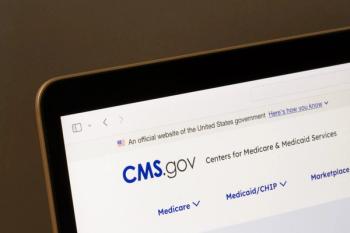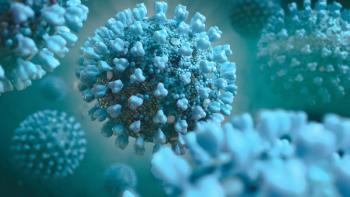
NIOSH on reproductive effects of hazardous drugs
The National Institute for Occupational Safety and Health (NIOSH) may recommend that healthcare workers, including pharmacists and pharmacy technicians, be transferred from positions where they handle hazardous drugs if the workers are trying to conceive, are pregnant, and/or breastfeeding.
Key Points
The National Institute for Occupational Safety and Health (NIOSH) may recommend that healthcare workers, including pharmacists and pharmacist technicians, be transferred away from positions where they handle hazardous drugs if the workers are trying to conceive, are pregnant, and/or breastfeeding.
NIOSH recently called for comments and information for a Current Intelligence Bulletin it intends to publish on "alternative duty" and other forms of administrative controls for such situations.
The category of "trying to conceive" would include males.
However, the agency cites evidence that some hazardous drugs have caused adverse reproductive outcomes in healthcare workers: "For example, nurses and pharmacists exposed to hazardous drugs at their worksite reported an increase in adverse reproductive events including spontaneous abortions, stillbirths, and congenital malformations when compared with unexposed healthcare workers."
Noting that many drugs classified as hazardous are used to treat such illnesses as cancer or HIV, NIOSH also said in 2004, "The numbers and types of work environments containing antineoplastic drugs are expanding as these agents are used increasingly for nonmalignant rheumatologic and immunologic diseases."
The current announcement is calling for information on the trends in production and use of hazardous drugs in the past 10 years, the procedures that present potential exposure, the industries or occupations in which exposures occur, guidelines and recommendations on alternative duty or temporary assignment policies. and other information.
According to Thomas Connor, PhD, a lead NIOSH official on the effort, the call for information is one of several actions flowing from the 2004 NIOSH Alert warning about healthcare worker exposure to drugs that might cause skin rashes, infertility, miscarriage, birth defects, and possibly leukemia and other cancers. That alert, hammered out over four years with input from numerous stakeholder groups, recommended a list of steps to limit exposure, including the use of personal protective equipment and the use of ventilated cabinets for drug preparation. It also included a list of drugs it said should be handled as hazardous and urged that each organization create its own list of drugs considered hazardous.
Connor noted that over the last two decades healthcare workers have begun using protective equipment. On the other hand, a recent study he conducted in three hospitals found results similar to those from a study he made a decade ago: The majority of the wipe samples contained at least one drug.
If the environment is contaminated, said Connor, "We assume that workers are also getting exposure."
After public comments are gathered, NIOSH is likely to draft a document that will also go out for public comment, said Connor. He estimated that it may take two years to finish a final bulletin.
Connor said that an actual regulation flowing from these guidelines is not currently being considered. He said he knows only anecdotally of lawsuits related to the issue.
In addition to the call for information on reproductive health, NIOSH is in the process of modifying the 2004 list of drugs it cites as hazardous, for reproductive and other reasons, in the healthcare workplace. Connor says that from this point forward that revision is expected to be done every two years or sooner.
The call for information on reproductive effects was published in the Federal Register on September 16 and comments were due to the agency 60 days after that date.
Kathryn Foxhall is a healthcare journalist in the Washington, D.C., area.
Newsletter
Pharmacy practice is always changing. Stay ahead of the curve with the Drug Topics newsletter and get the latest drug information, industry trends, and patient care tips.





















































































































































